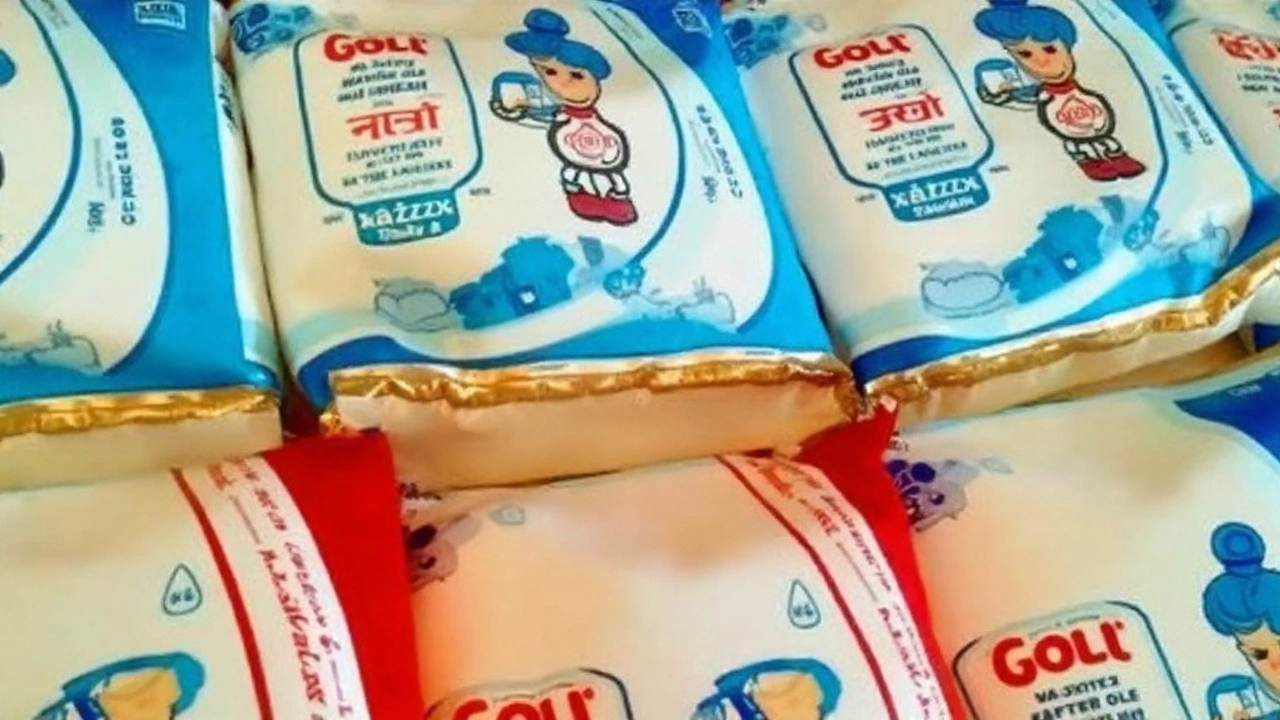India Tax Reform: What’s Changing and How It Affects You
India’s tax landscape is shifting fast. From lower GST slabs to new fiscal rules, many of these changes touch the things you buy, the trips you take, and even the salary you bring home. Let’s break down the biggest moves and why they matter to you.
Key recent moves
The government just rolled out GST 2.0, trimming rates on several product groups. For example, larger Mahindra SUVs moved from the 48% slab to 40%, while some compact models dropped from 31% to 18%. The result? Showroom prices fell by up to Rs 1.56 lakh, as seen in the recent Mahindra price‑cut announcement. That’s a direct win for buyers, but it also signals a broader push to make goods more affordable and boost demand.
Another notable tweak is the reduced tax on senior citizen pilgrimage trips under Rajasthan’s Tirth Yatra Yojana. While the scheme already covers travel costs for 40,000 seniors, lower taxes on transport and accommodation mean the government can stretch its budget further, helping more seniors enjoy free tours.
What it means for everyday spending
Lower GST rates on cars don’t just affect big‑ticket buyers. They ripple through the auto supply chain—cheaper parts, lower insurance premiums, and even reduced loan interest rates in some cases. If you’re planning to upgrade a vehicle, now is a good window to negotiate.
For everyday items, the GST cut also brings relief. Items that slipped into a lower tax bracket will see price tags shrink, meaning your grocery bill could be lighter. Keep an eye on product categories—electronics, household appliances, and certain food items are on the watch list for future adjustments.
Travel enthusiasts should note that reduced taxes on transport services could lower ticket prices for trains and flights. The government’s aim is to stimulate tourism and make pilgrimages more accessible, especially for senior citizens. If you’ve been putting off a trip, the timing might be right.
Businesses are not left out. Companies can now claim higher input‑tax credits because the GST they pay on raw materials is lower. This can improve cash flow and potentially lead to lower prices for consumers. Small firms, especially in manufacturing and retail, often feel the pinch first, so these reforms are a welcome breather.
One practical tip: whenever you see a price drop advertised, check whether it’s due to a tax change or a simple discount. The difference matters for long‑term budgeting. If a reduction is tax‑driven, it’s likely to stay stable until the next policy shift.
In short, India’s tax reform wave is reshaping costs across the board. From cars to pilgrimages, the new GST structure is designed to boost spending while keeping the fiscal balance in check. Stay alert, compare prices, and you’ll reap the benefits without any extra hassle.

GST 2.0 Slashes Dairy Prices: Milk, Butter, Paneer Become Cheaper
India's GST 2.0 reforms, effective Sep 22 2025, cut tax on key dairy items to zero or 5%, lowering costs for milk, butter, ghee, paneer and curd. The GST Council reshaped the slab system to 5%, 18% and 40% rates, easing compliance and boosting consumption. Major brands like Amul and Mother Dairy are poised to pass savings to shoppers. The changes sit alongside tax breaks on health, education and essential goods.
Read More